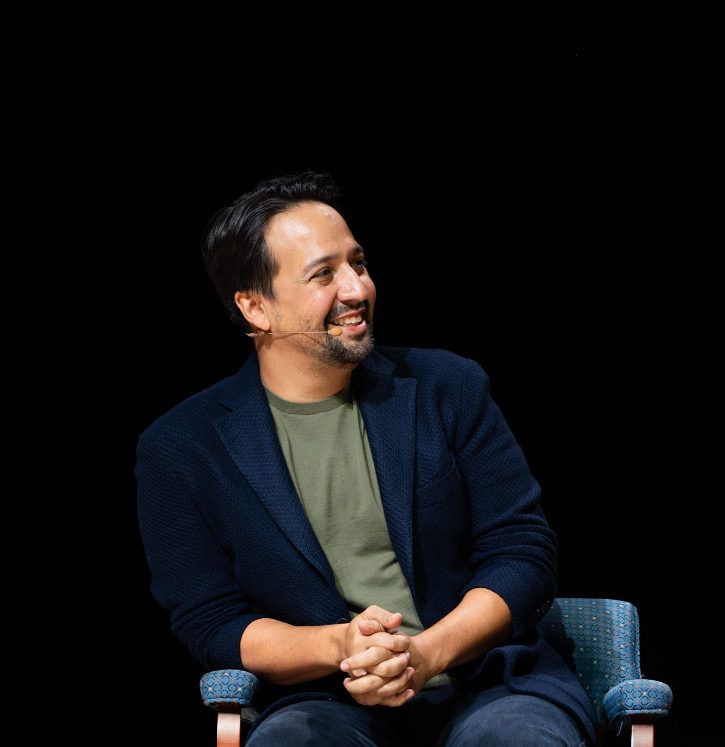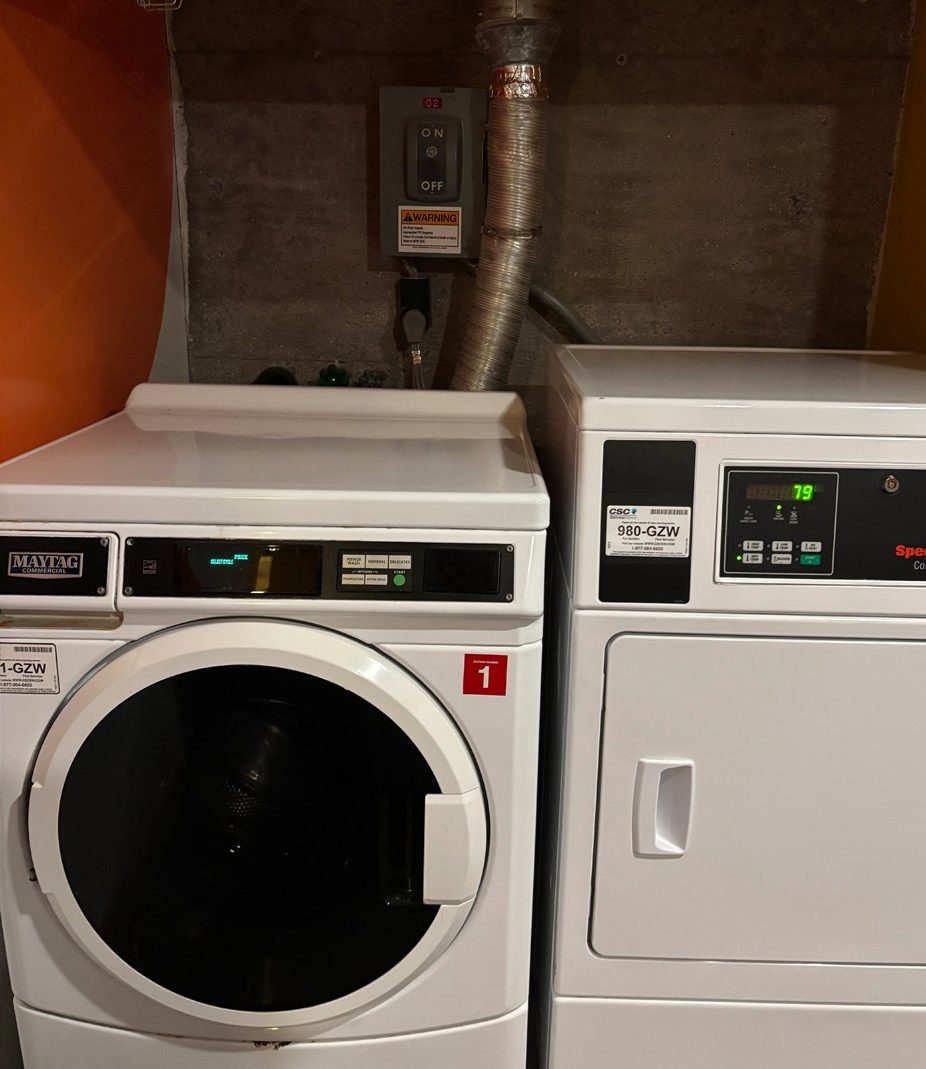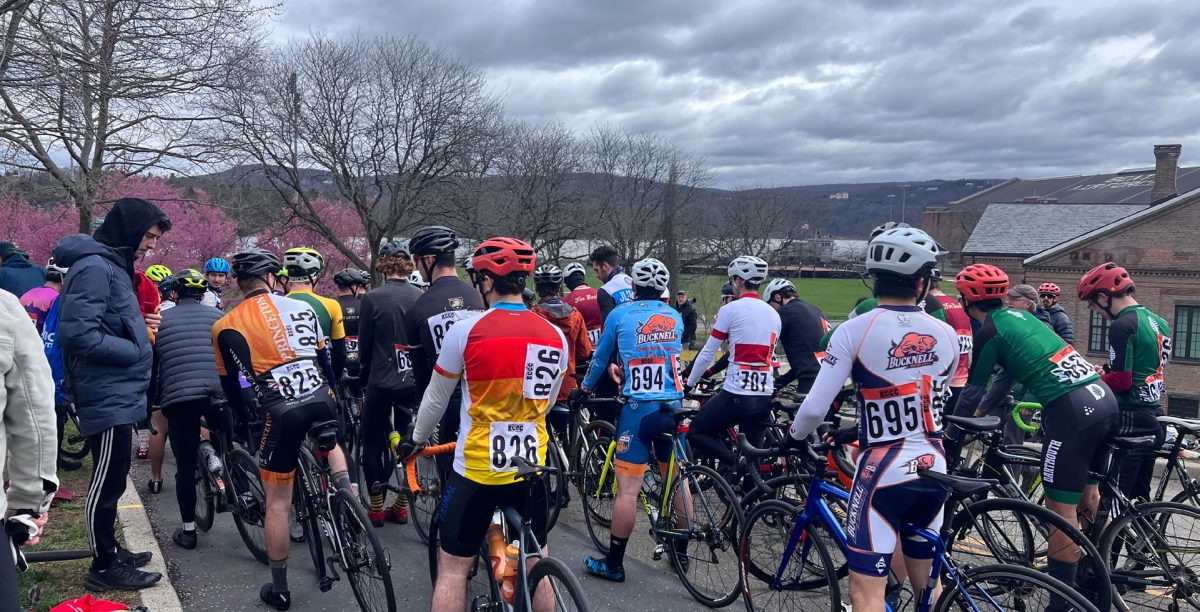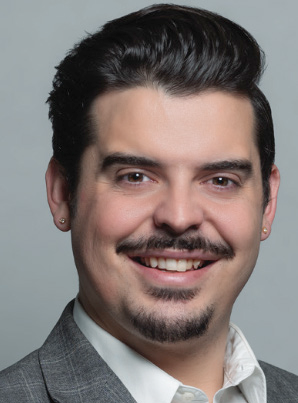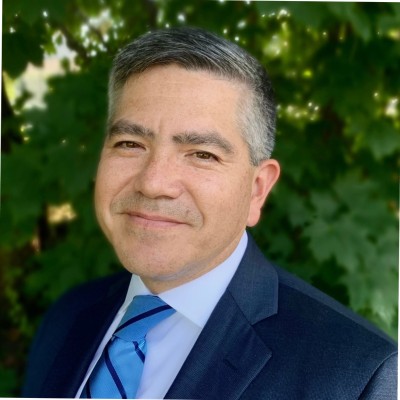
In partnership with the Utica City Court, the Arthur Levitt Public Affairs Center is providing Hamilton students with a theoretical study of the legal system and an opportunity to investigate and engage in these concepts through The Justice Lab Program in Fall 2022.
Organized by Maynard-Knox Professor of Law and Director of Public Policy Frank Anechiarico, the innovative four course practicum aims to run every semester, with a new curriculum theme each term. In Fall 2022, students will grapple with the idea of community wellness in relation to the legal aspects of public safety, social welfare and public health.
The program consists of a combination of four interconnected courses, each worth one credit that transfer to either Biology, History, Government or Public Policy majors. However, Professor Anarchiarico explained that this program is flexible for students majoring or minoring in other fields. The coming semester courses will study Utica’s history pertaining to homelessness and healthcare, and an internship observation course on health and social welfare services in Utica. The Justice Lab will invite the sixteen students participating in the four course program to engage with their education multidimensionally through interactive research opportunities off-campus and through seminar styled discussions within the classroom.
Regarding the inspiration for The Justice Lab, Professor Anechiarico commented that “it began a few years ago with a model that we tried as a pilot that was focused on criminal justice… The course had a standard seminar on criminal justice paired with internship observations. And we had a community partner that was the municipal court judge in Utica, Ralph Eannace, who was invaluable. He helped set up internships in the court with the District Attorney and the public defender, so we decided to expand it.”
Professor Anechariarico also explained that The Justice Lab Program aims to accomplish three main goals associated with the Levitt Center’s work towards addressing persistent social problems. Firstly, students would be able to engage with neighbors in Utica and greater Oneida County to familiarize themselves with the area they live in in an effort to promote understanding from a social science perspective. Secondly, students would have the opportunity to take part in interactive learning through internships and field work that would then be unpacked through collective discussion guided by instructors and community partners. Finally, the program broadly aims to support the Levitt Center’s curriculum through the close investigation of topics related to justice that affect Hamilton College’s surrounding communities.
The Justice Lab Program diverges from other traditional courses that Hamilton offers by emphasizing engaged learning as a key element in its curriculum. Professor Anechiarico stressed that what makes the program so unique is its reliance on interactive learning. “The [Justice Lab Program] sort of works in two ways. One is the experimental aspect of this, where we don’t go into it knowing exactly what we’re going to find, that’s for sure, and the other part of it is hands on, the fact that not only are the students gaining some sort of understanding of the policy process and the problems that are associated with it by being involved personally, but they should be getting some value out of it as well.” Professor Anechiarico hopes that by engaging in the internship opportunities and field work that each course offers, students will be able to publish papers and post their findings for the benefit of the community.
A focal point of The Justice Lab Program is its holistic approach towards academic subjects through interdisciplinary study. Every course offered by the program interconnects to facilitate a deeper, intersectional understanding of the topics and issues that will be covered by The Justice Lab. “We want to break down silos between departments and disciplines” stated Professor Anechiarico. According to Professor Anechiarico, students enrolled in the program will discover that as a result of the effort to coordinate and synchronize syllabi between instructors and their courses, “a paper in one course touches on a paper in another.” Furthermore, students will have the opportunity to engage in joint assignments between different courses that the program will be offering. Professor Anechiarco hopes that this interconnect approach will make “the synapses start lighting up.”





